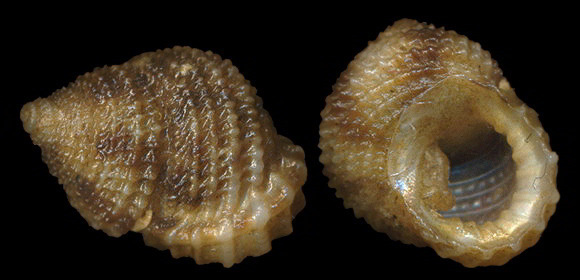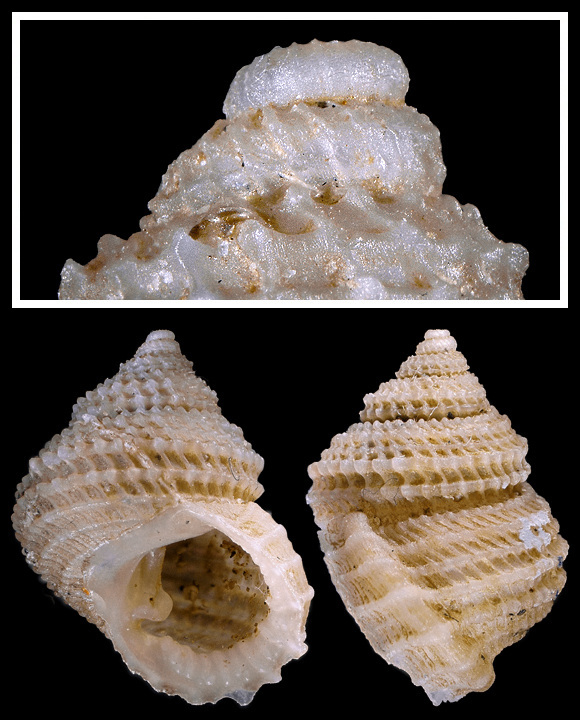Danilia tinei (Calcara, 1839)
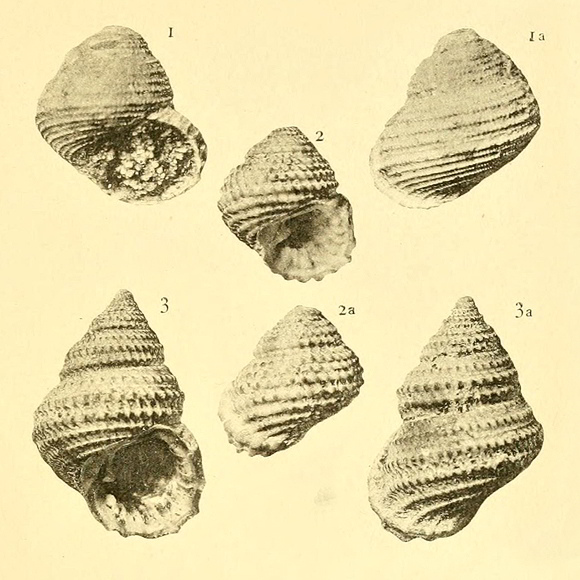
Grazer and deposit feeder in maerl and coralligen, from twilight infralittoral to continental shelf and slope (Rockall Bank: 784m and 1443m in Hoffman & al., 2011).
Some occurrences in Posidonia rhizomes.
Original taxa: Heliciella costellata, Monodonta tinei.
There is darkness on these two taxa. Are they synonyms, as thought most authors almost immediately after the publication of Costa’s Microdoride mediterranea? Most of the synonyms (bilabiata, horridus, limbata, profugus…) are connected to both concurrently. Delongueville & Scaillet, in Mediterranean Marine Science vol. 9, 2008, 63-85: « The taxonomic status of Danilia costellata is uncertain; it was considered a good species only by analyzing shell characters, but several intermediates between the two Mediterranean species could be easily found, and as Beu & Climo (1974) asserted more than thirty years ago “without comparative radula and anatomical information it was impossible to shed light on the taxonomy of Danilia spp.”, we also consider daring to affirm without doubt that Danilia costellata is a species different from Danilia tinei, exclusively by analyzing shell characters. »
Above:
1-1a: Danilia otaviana Cantraine — 2-2a: Danilia Tinei Calcara — 3-3a: Danilia horrida O. G. Costa, in T. A. di Monterosato: “Sur le genre Danilia”, Journal de conchyliologie Ser.4:T.15, Paris 1913, plate IX.
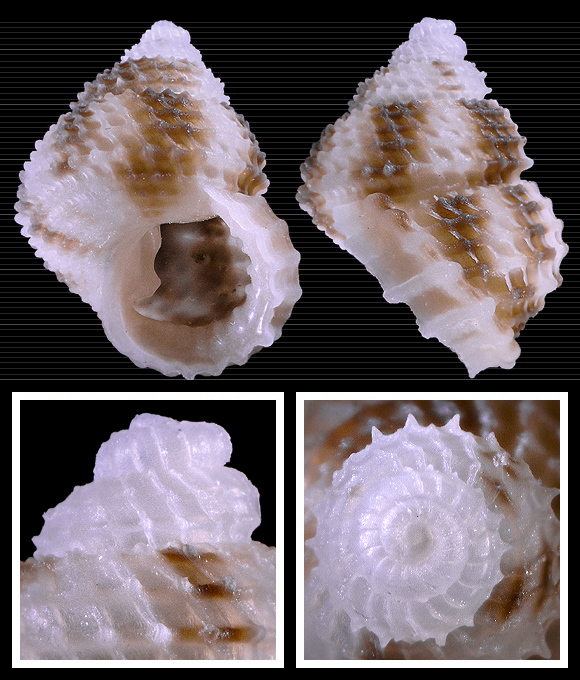
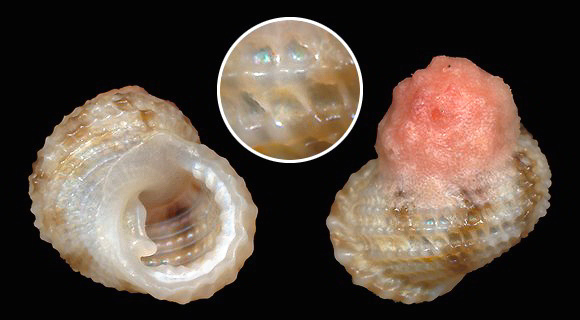
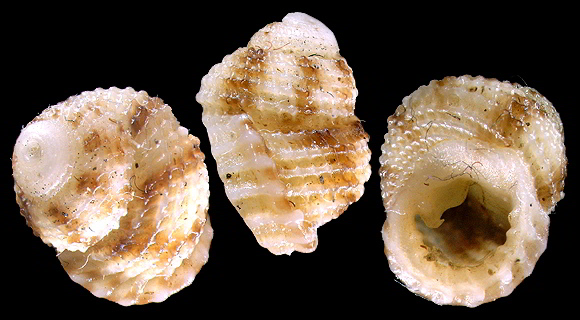
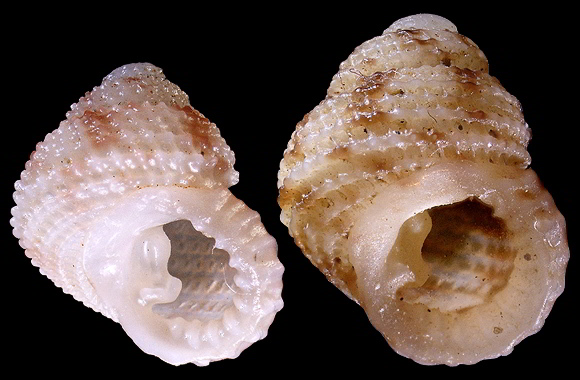
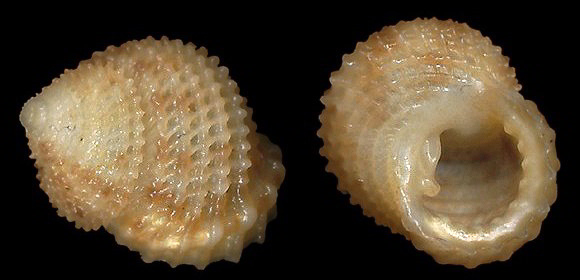
A. Nappo: « In my opinion, tinei is the only living species in Mediterran Sea. D. costellata was described in the basis of a 1mm pullus, which can belong to both entities. These two entities could be just ecomorphs, being the deepwater one larger in size. The sculpture and the teeth are variable in costellata as well as in tinei, and they don’t actually differ in a considerable way. » So the right name may be tinei.
120m deep, Capraia island, Livorno, Toscana, W. Italy. 5,5mm.
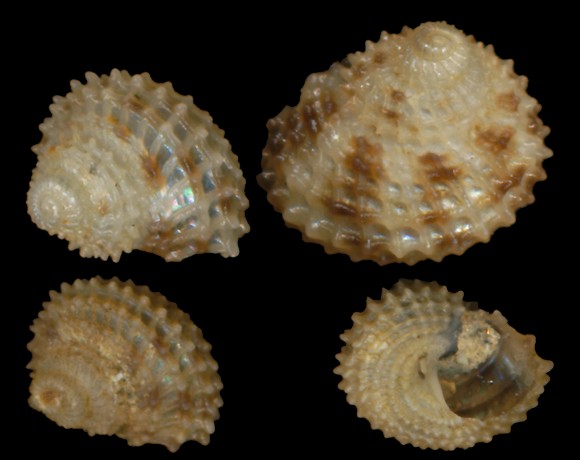
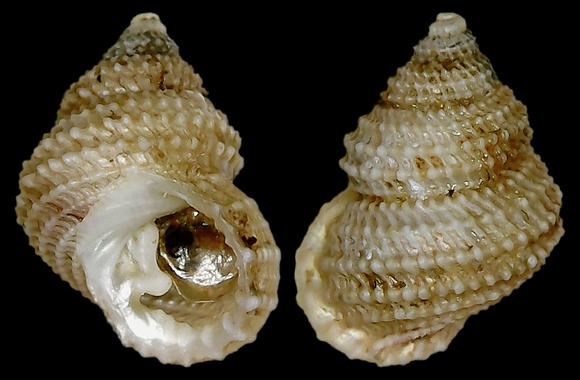
– (CC BY-NC-SA) –
